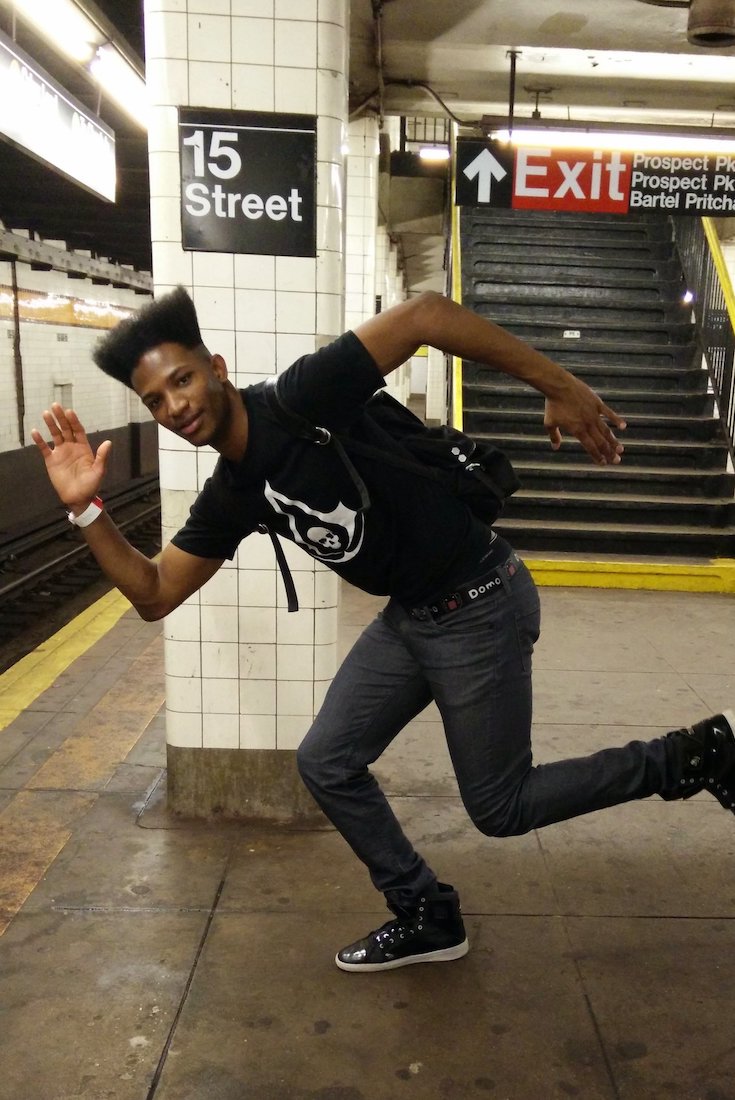His mental health problems collided tragically with the attention economy.
[mc4wp_form id=”6042″]
On midnight of June 20, a new video went live on Etika’s channel. In it, the 29-year-old YouTube star filmed himself as he walked through Lower Manhattan, speaking to the camera with a steady clarity that seemed almost eerie in light of his recent online behavior. “I’m sorry I betrayed your trust,” he began. City life, in the background, went on as usual — sirens, birds, passing cars. He went on to apologize to his fans for refusing to seek help. He seemed to be somewhere near the East River. Hours later, the N.Y.P.D. tweeted, seeking information on the matter, and Etika’s fans did not know what to make of the whole thing. Etika had struggled publicly with mental health — but then again, he was always up to something. Part of the joy of watching his channel had always been figuring out which parts were real.
There’s a fundamental problem of YouTube fame: When you get famous for being yourself, it alters that self beyond recognition. Most YouTube channels begin the same way, with regular people filming themselves, by themselves. In those first days, there are stilted introductions and impassioned addresses to not-yet-existing fans. This is how most YouTube channels end, before they come to fully exist. Those that survive will trace a common arc: an inciting viral moment, an influx of fans. You upload new content, the AdWords pay out. Now you’re not a regular person with a camera; you’re a YouTuber making YouTube, and here the snake begins to eat its tail. Your life is real to you, but it won’t seem real to fans, and so you come to a fork in the road: Keep being yourself at the cost of seeming real, or set out to perform a new pantomime of realness. If you’re like most YouTube stars, you’ll choose the latter. Etika was himself until the end.




You must be logged in to post a comment.